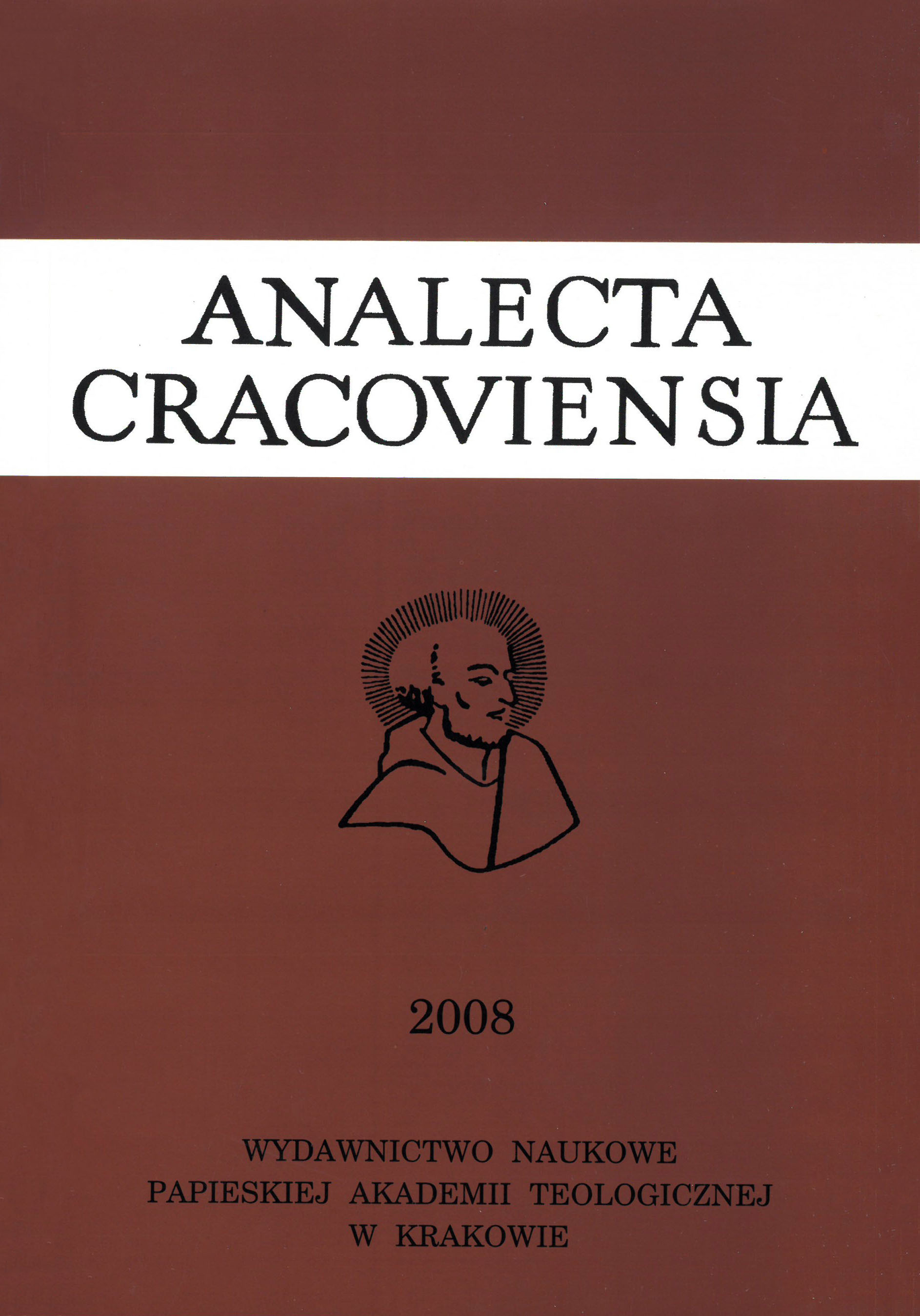Prywatne stowarzyszenia wiernych. Charakterystyka i etapy powstawania
DOI:
https://doi.org/10.15633/acr.4029Abstrakt
The right to association is one of the fundamental rights of every human being. The right has the foundations both in the natural and supernatural dignity of man. No one can unjustly deprive of the right in question neither civil, nor ecclesial authorities.
The arouse interest of application and realization the right to association could be seen in Poland in recent years especially after year 1989 when the new law on association was issued and made public life more democrat and liberal. The political changes make possible for Catholics in Poland to put the right to association into action.
The paper has the aim to bring closer the associations showing the characteristics of the type of associations and presenting step by step how it comes into being. The intention of the paper is to be of help to the faithful who want to establish association and build communio of the Church by its working.
The paper consists of the following parts: the first one presents possible distinctions of associations according to a variety of criteria. The second chapter is a description of private association of faithful. The third one elucidates to stages of its origin until it become a church and civil legal person.
Pobrania
Opublikowane
Numer
Dział
Licencja
Prawa autorskie (c) 2022 Piotr Kroczek

Praca jest udostępniana na licencji Creative Commons Attribution-NonCommercial-NoDerivatives 3.0 Unported License.
Obecnie autorzy publikujący w czasopiśmie udzielają jego wydawcy zgody o następującej treści:
- Autor zachowuje autorskie prawa majątkowe do utworu, a jednocześnie udziela wydawcy czasopisma zgody na jego pierwszą publikację w wersji drukowanej i wersji online na licencji Creative Commons Uznanie autorstwa 4.0 Międzynarodowe oraz zgody na wykonywanie opracowań, w tym przekładów.
- Autor ma możliwość udzielania zgody niewyłącznej na opublikowanie utworu w wersji, która ukazała się w czasopiśmie (np. zamieszczenia go w repozytorium instytucjonalnym lub opublikowania w książce), wraz z informacją o jego pierwszej publikacji w czasopiśmie.
- Autor może umieścić swój utwór online (np. w repozytorium instytucjonalnym lub na swojej stronie internetowej) jeszcze przed zgłoszeniem utworu do czasopisma.

